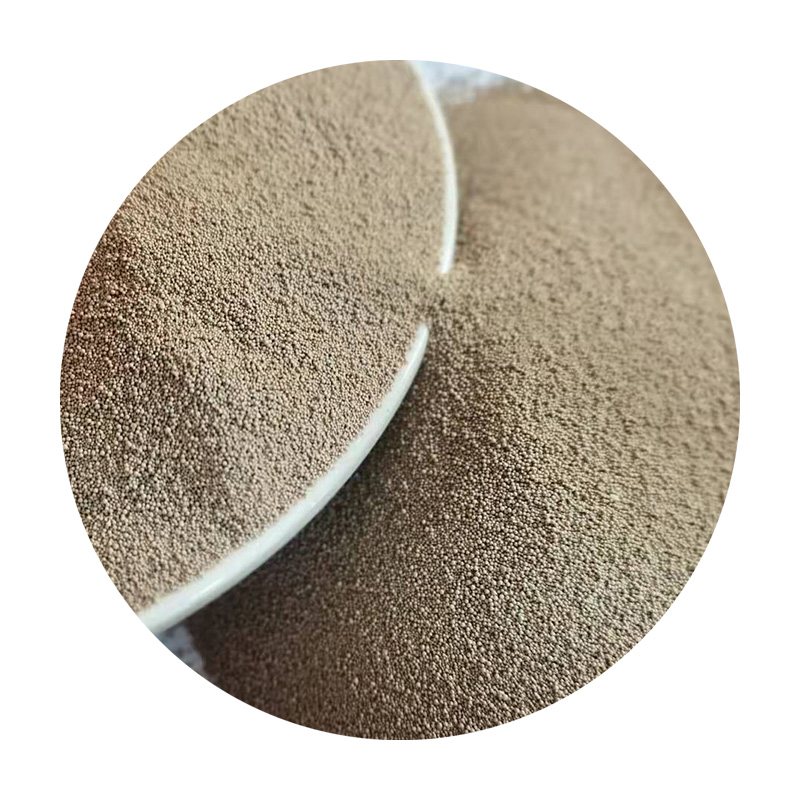The Use of Foundry Sand in Concrete
Foundry sand, a byproduct of metal casting processes, is increasingly recognized for its potential as an additive in concrete formulations. Traditionally viewed as waste, foundry sand is rich in silica and exhibits desirable properties that can enhance the performance of concrete. This article explores the benefits and applications of using foundry sand in concrete, as well as its environmental implications.
Properties of Foundry Sand
Foundry sand is characterized by its fine particles, which are typically spherical in shape due to the molding processes it undergoes. This morphology lends itself to better packing efficiency and improved flowability when mixed with concrete ingredients. Moreover, foundry sand possesses excellent thermal stability and high abrasion resistance, making it a valuable component for enhancing the durability of concrete structures.
Advantages of Including Foundry Sand in Concrete
1. Improved Workability The fine grains of foundry sand can enhance the workability of concrete mixes. This improvement translates to easier mixing, placing, and finishing processes, which can be particularly beneficial in large-scale construction projects.
2. Enhanced Mechanical Properties Research has shown that concrete containing foundry sand exhibits superior compressive and tensile strength when compared to traditional concrete mixes. This enhancement is attributed to the sand's physical and chemical properties, which promote better bonding and cohesiveness within the concrete matrix.
3. Reduced Shrinkage One of the common issues associated with conventional concrete is shrinkage during the curing process. The inclusion of foundry sand can mitigate this problem, resulting in reduced cracking and improved long-term durability.
use of foundry sand in concrete

4. Sustainability The utilization of foundry sand in concrete represents a significant step toward sustainable construction practices. By recycling this byproduct, industries can reduce waste sent to landfills, lower their carbon footprint, and conserve natural resources that would otherwise be used to source traditional sand.
Environmental Considerations
The environmental benefits of using foundry sand in concrete are significant. Landfilling of foundry sand poses ecological concerns, including soil and water contamination. By incorporating foundry sand into concrete, not only is landfill waste reduced, but the demand for virgin materials is also decreased, preserving natural habitats. Additionally, the production of concrete with foundry sand can be less resource-intensive as it diminishes the need for extracting natural aggregates.
Challenges and Considerations
Despite its advantages, the use of foundry sand in concrete is not without challenges. Variability in the properties of foundry sand, influenced by factors such as the type of metal cast and the reclamation process, can lead to inconsistencies in concrete performance. Therefore, rigorous testing and quality control are essential to ensure optimal results.
Furthermore, regulatory standards governing the use of recycled materials in construction must be adhered to. It is crucial for industry stakeholders to collaborate in establishing guidelines that will facilitate the safe and effective use of foundry sand in concrete.
Conclusion
The integration of foundry sand into concrete mixes presents a promising opportunity within the construction industry, aligning with principles of sustainability and resource efficiency. As research continues to demonstrate its benefits, foundry sand may well become a standard component in concrete production, contributing to more durable structures and a healthier planet. The transition from viewing foundry sand as waste to a valuable resource could mark a significant advancement in environmentally responsible construction practices.
Post time:พ.ย. . 02, 2024 11:43
Next:foundry sand reuse
